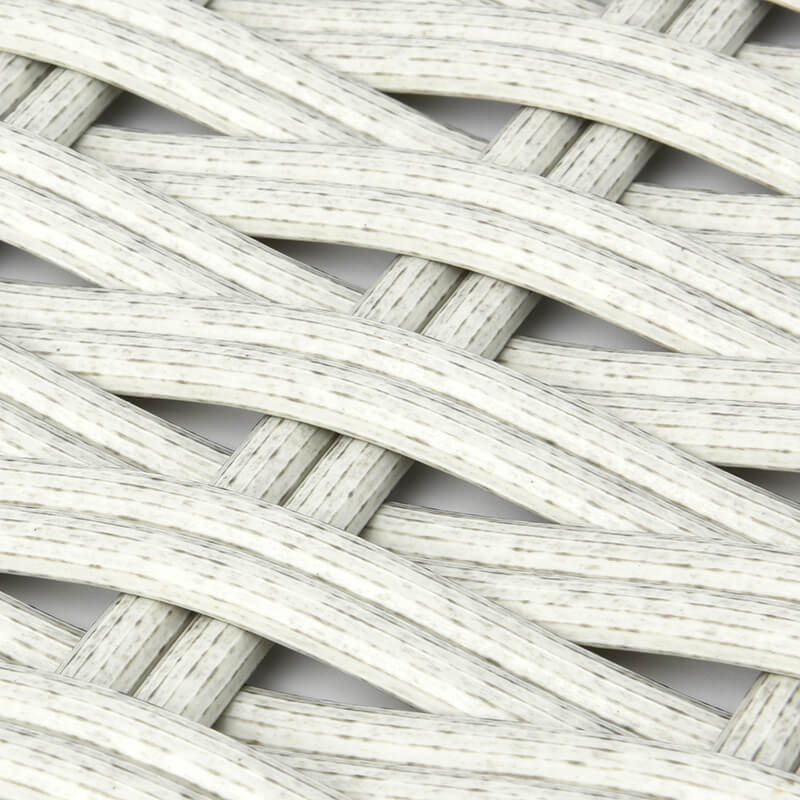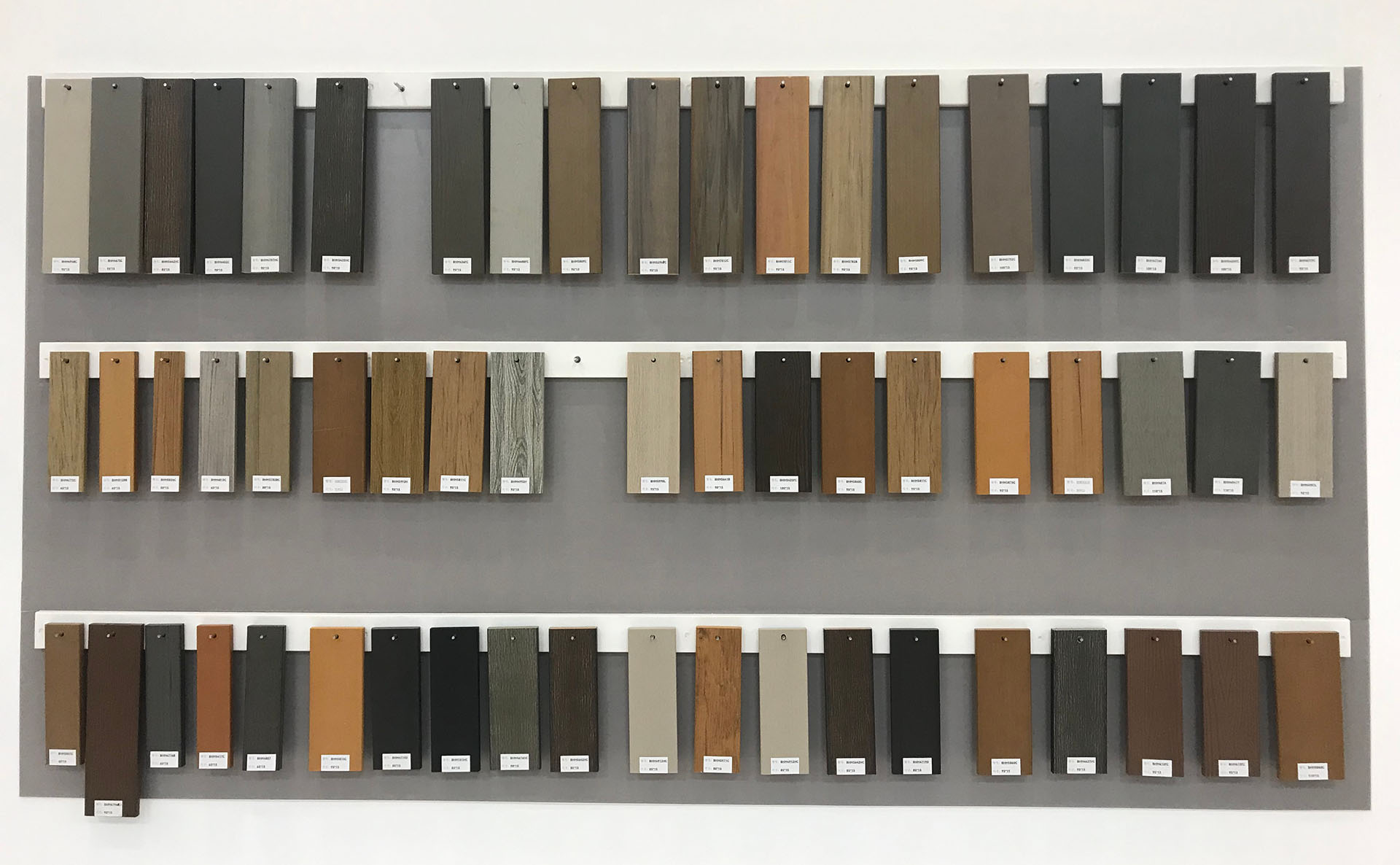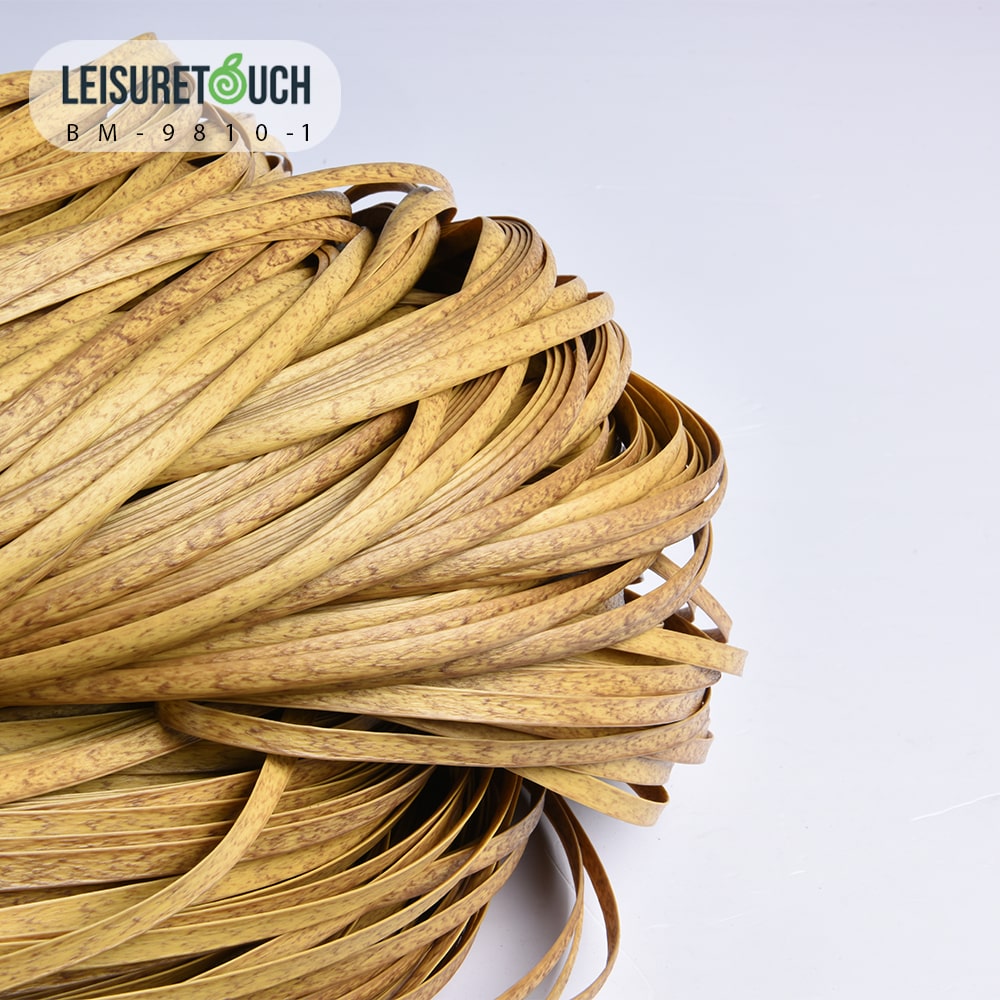INTRODUCTION
The use of thatch for roof cladding is a phenomenon that has become popular again worldwide and is mainly due to the need to create a cultural, rustic and elegant atmosphere that combines ancestral building styles with modern trends. Although historically natural straw has always been used for this type of projects, however this material has many disadvantages that in the long term can result in large monetary losses, which is why with the passage of time and innovation has developed a material that perfectly mimics the appearance of natural thatch and at the same time meets the demand for strength, durability, sustainability and easy maintenance of consumers, this is the synthetic straw. In previous articles we were talking about the history and applications of this material, as we move forward in this article we will be giving answers to the dozens of questions that people from all over the world often ask us about the method of installation of this material, the materials that are needed as well as the models that best suit the needs of each person, ie, the semi-retardant model or the fireproof model.
INSTALLATION OF SYNTHETIC RATTAN THATCHED ROOFS
Historically this is a material whose installation methods have varied over time, when installing thatch for thatching the first phase is to determine and place the structure on which it is planned to place the material, the next step is to place the material and measure the distance between one piece and another and finally a nail gun is used to adjust the material to the structure.
Materials
The materials needed to complete the process of installing thatch mainly vary according to the type of structure on which we intend to place the material but generally we make use of the rods that make up the structure whether they are metal or wood, scissors, a distance measuring device and a nail gun.
Procedure
- Structure
The structure on which the synthetic thatch is placed varies according to the type of project we are carrying out, among which you can choose a metal structure, a wooden surface or wooden beams.
- 1. The metal structure is the main structure used in projects that are intended for leisure areas and also where the material instead of being placed in the form of small pieces, is placed in the form of rolls. It is mainly used for the production of parasols.
- 2. The wooden surface is another platform on which the synthetic thatch can be laid. This way of laying the material facilitates the assembly work with the nail gun.
- 3. Wooden beams, this is the structure that has been used for hundreds of years and is still in use today. The wooden beams are placed horizontally, a space is left between beam and beam while the thatch is placed vertically. This structure is generally intended for projects where the thatch is laid in pieces rather than in rolls, although it can also be laid in this way.
- Laying of the thatch
Depending on the type of structure selected, the material can be placed in the form of small pieces in a vertical position to cover the entire roof or in the form of rolls that extend around the entire structure.
- Setting with the nail gun
After building the structure and determining the method of laying the thatch, the last step is to use a nail gun to fit the material to the structure. This procedure is really easy, the only detail is to take into account the necessary spaces between one point and another to guarantee the stability of the material.
SELECTION OF MODELS AND WARRANTY
This is a fundamental process when you want to carry out a project in which you want to use the synthetic thatch for the covering of a roof and that is mainly because there are many variations of synthetic thatch, there are synthetic thatch that are only waterproof and resistant, some variations have the characteristic of flame retardant and others have the characteristic of being fireproof. on the other hand the user can decide between the models that come in pieces or the models that come in the form of rolls. The decision between one model or the other should be determined by the type of project, e.g. structure we wish to work on:
- In a beach bungalow project, the most common model is the one with semi-recessed parts.
- In a pergola covering project, the most commonly used model is the one that comes in roll form and with the waterproofing factor.
- In a housing project, it can be used either in pieces or in rolls, but it is recommended that the material has a semi-retardant or fireproof factor because, apart from being exposed to the sun’s rays, it is also exposed to accidents that can cause fires.
The warranty that a manufacturer may offer varies according to the model selected, however manufacturers generally offer a 2 year warranty. Within this period of time the material can be returned if it is found to have a manufacturing defect. The lifetime warranty on synthetic thatch is up to 10 years.
UPWARD TREND IN THE CONSTRUCTION OF SYNTHETIC THATCHED ROOFS
Although it is not something new to find houses or establishments covered with this material, it has become a worldwide trend to realise roofing projects with synthetic thatch and this is mainly due to the physical and mechanical characteristics of this material which, unlike natural thatch, offers savings in time and money both in the process of purchasing the material as well as in the installation of the material. Furthermore, when considering the long term use of the material, synthetic thatch does not have to be replaced as often and does not require as much maintenance as natural thatch and thanks to the innovation of many companies, the material perfectly imitates the physical appearance of natural thatch.

Nowadays we can find establishments with synthetic thatching on the beaches of Italy, Spain, cancun etc.
For lovers of paradise destinations, many companies in Indonesia, Malaysia, Europe and South America use this material to cover the roofs of their establishments and create a cultural and elegant atmosphere.
FAQ
- How can I determine the quantity of synthetic thatch I need to completely cover a roof?
To determine the amount of material you need to cover the roof of a house, bungalow, pergola etc., you only need to know the length and width of the roof you want to cover and based on the measurement of each piece or roll of synthetic thatch you can determine the amount needed to carry out your project.
- What factors make synthetic straw a good choice for my project?
Synthetic thatch offers many benefits, including waterproofing, resistance to sunlight, humidity, rain etc., easy maintenance and ease of installation.
- What method do you use to package the material?
The most common method of packaging is through cartons, e.g. 100 pieces can be packed in one carton.
- How long does it take to manufacture the material and how long does it take to arrive in my country?
The manufacturing time of the material varies according to the volume of the order but usually it is 15 days at the most. The delivery time varies according to the selected method of transport, for air transport 5-6 days, for sea transport 25-28 days.
- Can I mix different models in one order ?
Of course, in a single order you can not only mix the models, i.e. flame retardant or flame retardant, but you can also mix the colours.
- Can I dispense with the technicians and install the equipment myself?
The installation of the material can be carried out independently if you have previous experience in this type of work, otherwise it is recommended to hire the services of a professional, mainly to avoid long-term economic losses and/or accidents.
- How can I place an order and what is your Moq?
To place an order or to find out about the moq, simply contact one of our sales agents who will be happy to provide you with all the necessary information and help you through the whole process.
- Could you send me several samples to decide on the colour shade and quality I need?
Of course, we offer free samples so that the customer can decide for sure which model and colour shade he/she needs.
CONCLUSION
Synthetic thatch is a material that has proven to be useful for roof covering, the ease of installation and use of this material is one of its main attractions. After deciding to use synthetic thatch as the main roof covering material, it is recommended to hire the services of a professional to install it because although at first glance it seems an easy task, it is always good to have the supervision of a professional to ensure that the material is installed correctly to avoid water leaks, breakage, and other accidents. In conclusion, this is a very versatile, durable, economical, easy to maintain and environmentally friendly material, which is why it will always be a good choice for our projects.












